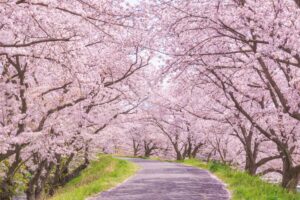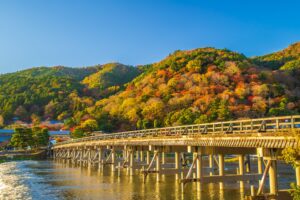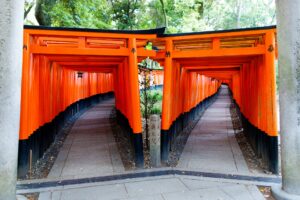Tsukiji Fish Market remains one of Japan’s most iconic sites, famous for its fresh seafood, lively food stalls, and historic tuna auctions. Although some operations have moved to Toyosu, Tsukiji retains its charm, drawing locals and tourists alike. This guide will walk you through the history, top attractions, and best practices for enjoying your visit to Tsukiji, providing insights into Japanese seafood culture and how to make the most of your time at this bustling market.
The Rich History and Legacy of Tsukiji Fish Market
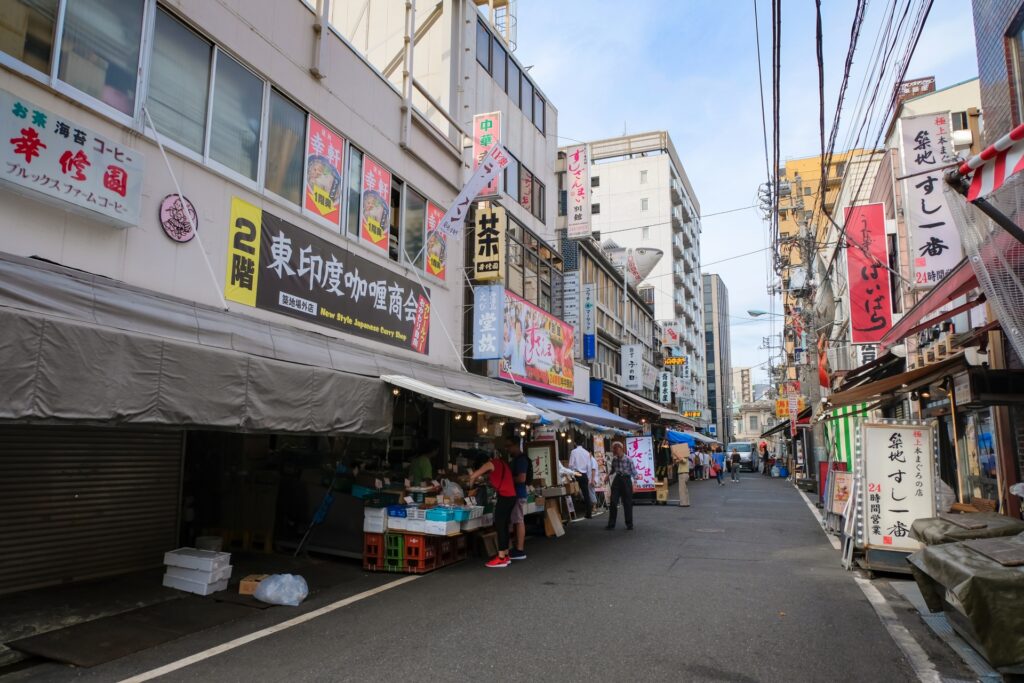
Tsukiji Fish Market, established in 1935, quickly became a critical hub for Japan’s seafood trade. It served as a central marketplace where fresh catches from across Japan arrived daily, contributing significantly to the economy and culinary culture of Tokyo. Over the years, Tsukiji became more than just a place of commerce; it became an attraction in itself, symbolizing Japan’s deep-rooted respect for the sea and the unique art of seafood preparation.
While the wholesale operations, including the famed tuna auctions, moved to Toyosu Market in 2018 due to space and modernization needs, Tsukiji’s outer market remains vibrant. The preserved outer market is home to numerous vendors selling fresh seafood, sushi, and other culinary treasures, keeping the market’s legacy alive. Tsukiji remains essential to Tokyo’s food culture, offering visitors a glimpse into Japan’s traditional seafood practices and the evolution of Japanese gastronomy.
How to Experience a Tuna Auction at Tsukiji Fish Market
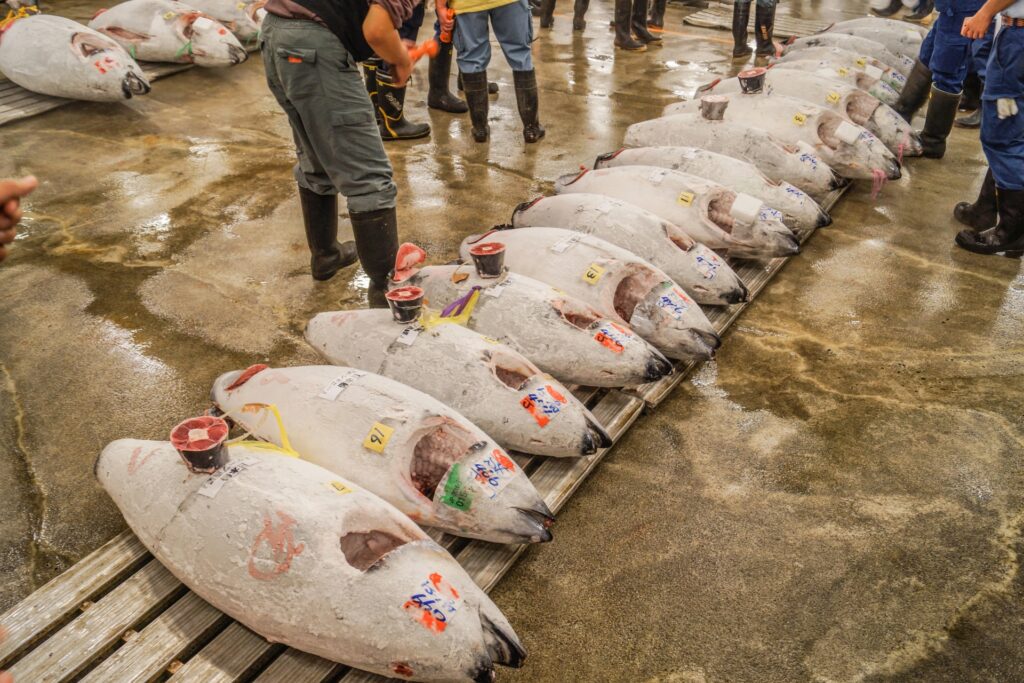
The tuna auctions, a signature Tsukiji experience, have now moved to Toyosu Market, but the essence remains. Toyosu’s advanced facilities and transparent walkways allow visitors to witness the intense, fast-paced tuna auction while respecting health and safety standards. To attend, arrive early as spaces are limited, with some choosing to visit as early as 4 a.m. The auctions typically occur around 5:30 a.m., making an early start essential.
For a respectful experience, remember to observe the auction silently and avoid flash photography. The auction process, marked by skillful bidding and hand signals, is a captivating display of Japanese market culture. Whether you’re a seafood enthusiast or a cultural explorer, witnessing the tuna auction at Toyosu provides a profound appreciation for Japan’s seafood industry and its dedication to quality and precision.
Best Times and Tips for Visiting
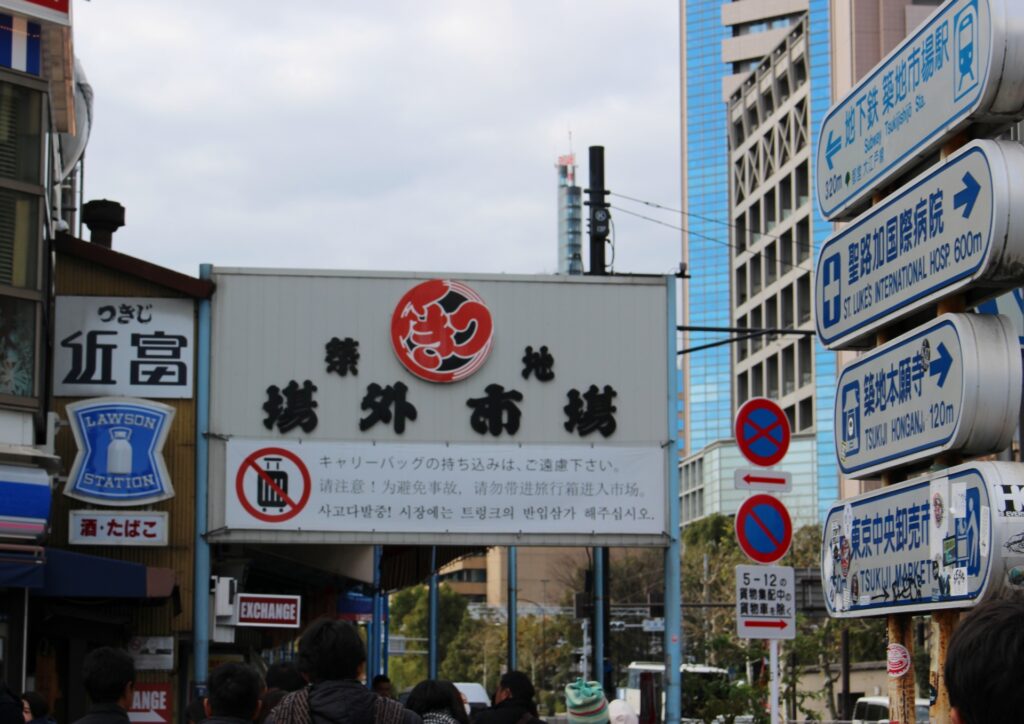
To fully experience Tsukiji Fish Market, timing is key. The outer market opens early, typically around 5:00 a.m., and remains lively throughout the morning. For the best experience, plan to arrive by 8:00 a.m. to avoid crowds and enjoy the freshest offerings. Many vendors close by early afternoon, so visiting before midday ensures a complete experience.
Seasonal specialties abound, with seafood availability varying by time of year. Winter, for example, brings premium fatty tuna and crab, while summer features sea urchins and eel. Check local forecasts or guides for information on seafood seasonality, which can greatly enhance your experience. Plan your visit with comfortable walking shoes, a reusable bag for purchases, and an appetite ready for exploration.
Iconic Foods and Must-Try Dishes at Tsukiji Fish Market

Tsukiji Fish Market is famous for its variety of seafood and street foods. Sushi lovers can find some of Tokyo’s freshest bites here, from fatty tuna sashimi to delicate sea urchin and crab rolls. Grilled items, such as scallops with soy sauce and butter or skewers of grilled eel, are also popular street foods.
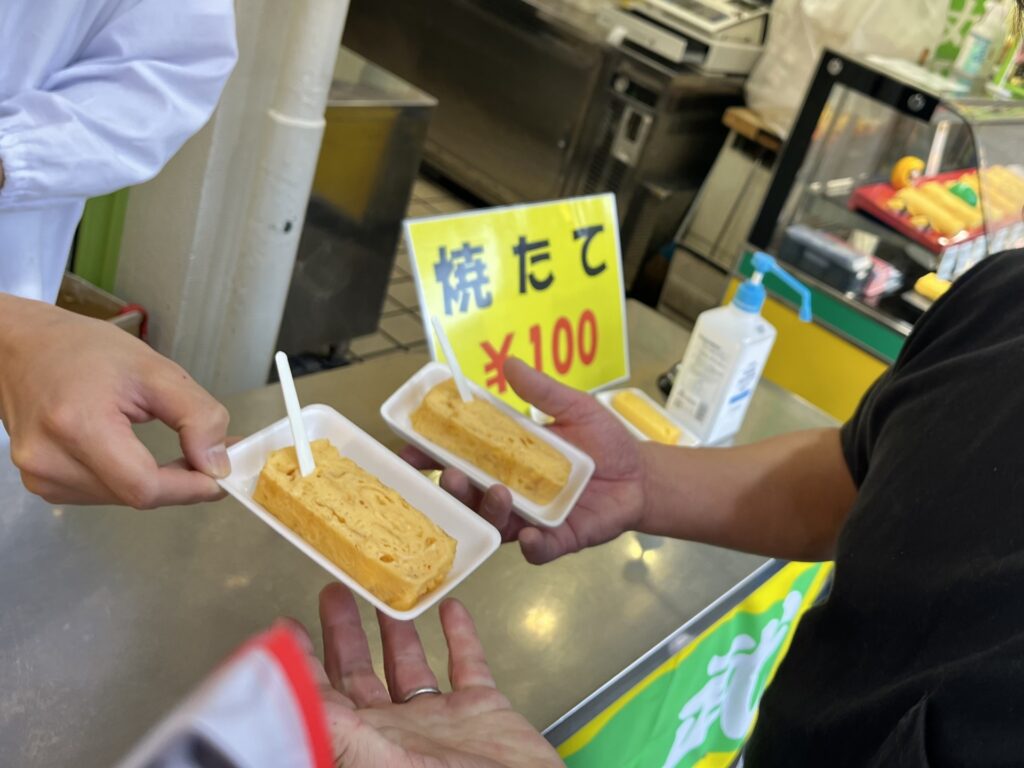
For a truly local experience, try tamagoyaki (Japanese rolled omelette), often served in thick, sweet slices. Tsukiji is also home to other traditional Japanese delicacies, like oysters, octopus, and squid served in a variety of ways. Some must-visit stalls include Nakaya for seafood bowls, and Sushidai for sushi. Each vendor offers something unique, reflecting the market’s diversity and commitment to quality.
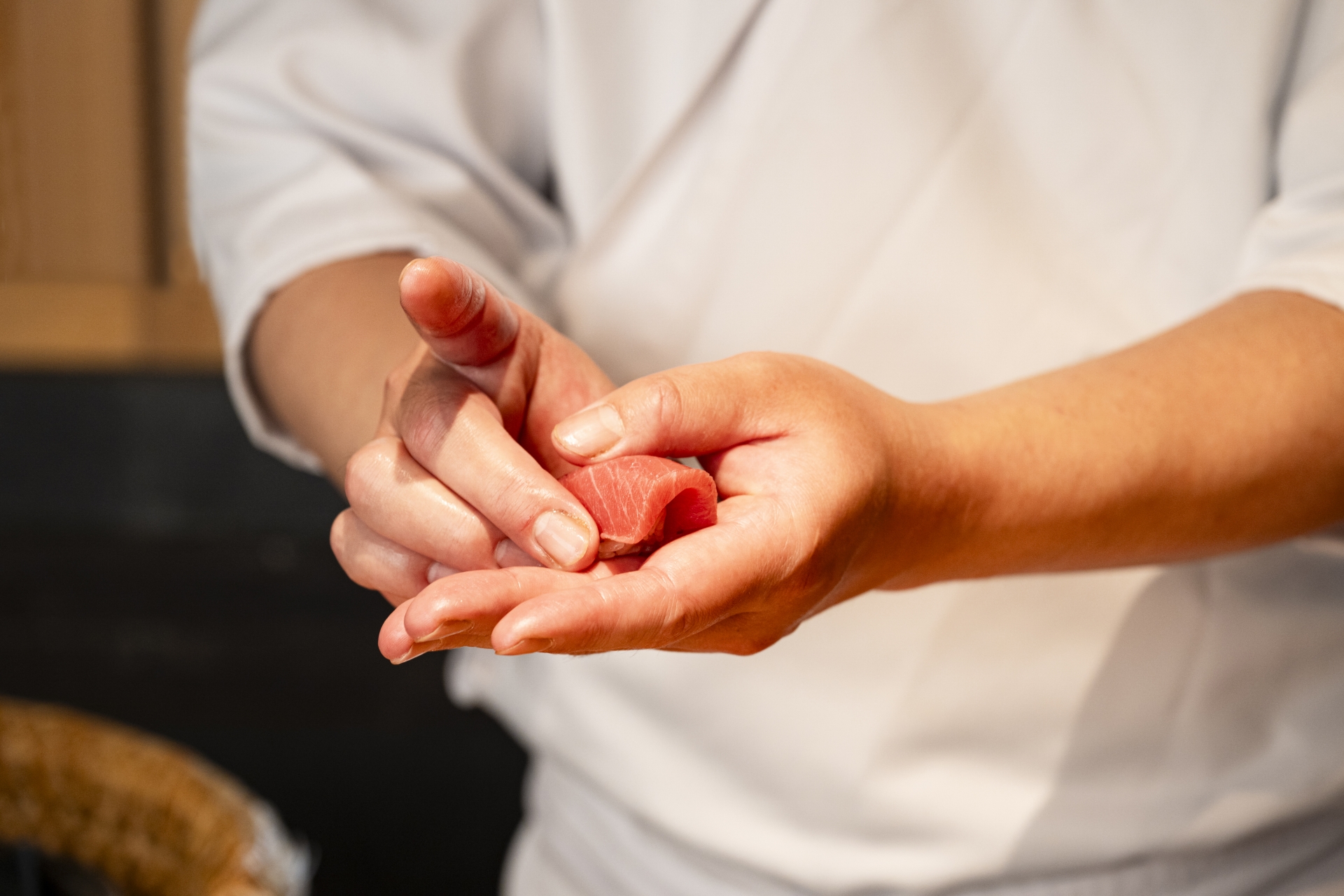
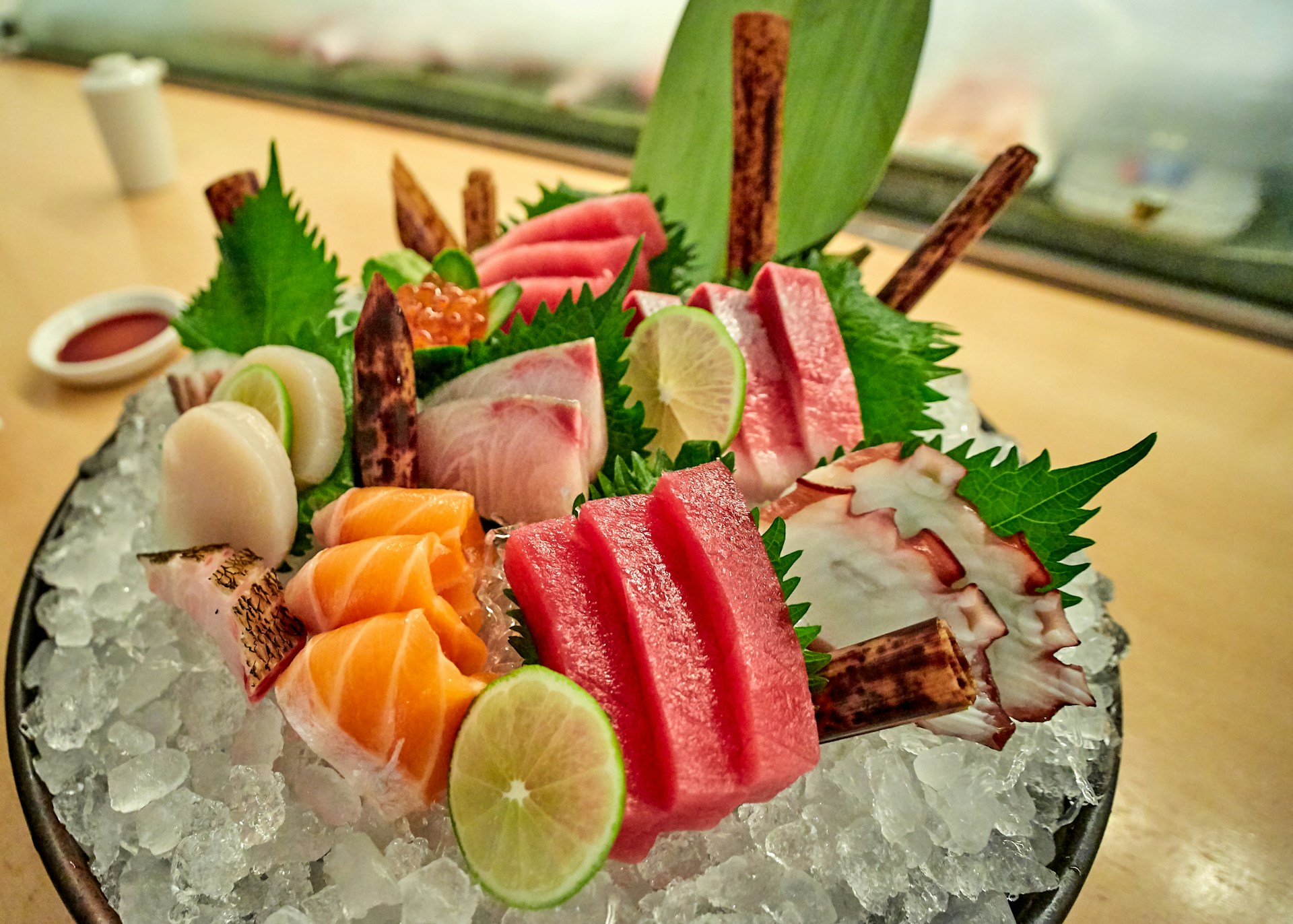
Tsukiji vs. Toyosu: What’s Different?
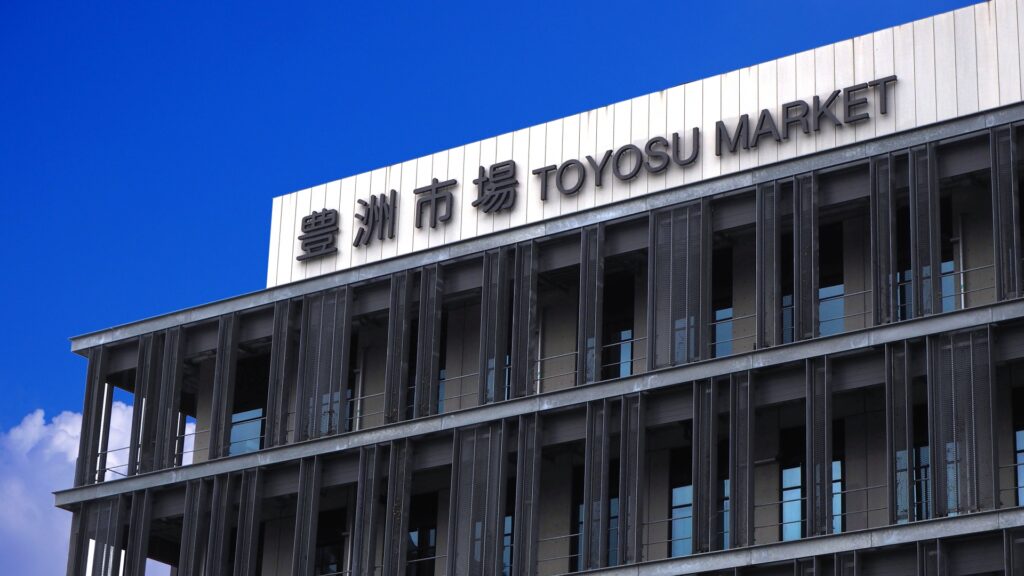
The transition from Tsukiji to Toyosu has brought several changes. While Toyosu Market boasts modern infrastructure with increased space and enhanced hygiene standards, Tsukiji’s outer market remains a more traditional experience with narrow alleys and bustling food stalls. Toyosu has a more structured layout and is less crowded, which allows for a more relaxed viewing of the auctions.
Despite Toyosu’s advances, Tsukiji continues to draw visitors seeking a traditional market experience. The preserved outer market, still vibrant and atmospheric, offers a slice of old Tokyo that contrasts with Toyosu’s sleek design. For visitors, Tsukiji represents Japan’s seafood heritage, while Toyosu embodies the market’s future.
Sustainable Seafood and Market Practices at Tsukiji
Sustainability is increasingly integral to Tsukiji’s practices, reflecting Japan’s dedication to marine conservation. Many vendors at Tsukiji prioritize sourcing fish responsibly, and the Japanese government enforces stringent regulations to prevent overfishing. By supporting sustainable fisheries, Tsukiji helps preserve marine resources while offering high-quality seafood to consumers.
Consumers can also participate by choosing vendors who follow ethical fishing practices. Tsukiji’s commitment to sustainability aligns with broader national efforts to protect marine life, an ongoing challenge given the scale of Japan’s seafood industry. Such practices ensure that Tsukiji can continue to provide world-class seafood for future generations.
FAQs for First-Time Visitors to Tsukiji Fish Market
- Is Tsukiji Fish Market still open? Yes, while wholesale operations moved to Toyosu, the outer market remains open.
- What are the opening hours? The outer market typically opens around 5:00 a.m. and closes by early afternoon.
- How do I get to Tsukiji? Take the Tokyo Metro Hibiya Line to Tsukiji Station or the Oedo Line to Tsukijishijo Station.
- Is there an entrance fee? No, entry is free, though purchasing food and souvenirs supports local vendors.
- What is the best way to experience the market? Arrive early, bring cash, and explore the stalls with an open mind.
- Are there cooking classes available? Yes, some local businesses offer cooking classes. Check in advance for availability.
Seasonal Delicacies and Culinary Insights

Japan’s seafood offerings change with the seasons, and Tsukiji reflects this beautifully. In winter, you’ll find Hokkaido crab, Pacific saury, and fatty tuna, while summer brings light, refreshing choices like eel and sea urchin. Spring offers the delicacy of cherry blossom shrimp, while autumn showcases Pacific saury.
Timing your visit to Tsukiji with seafood seasons can greatly enhance your culinary experience. Each season brings unique flavors and textures, making Tsukiji a year-round destination for those keen on Japanese cuisine.








